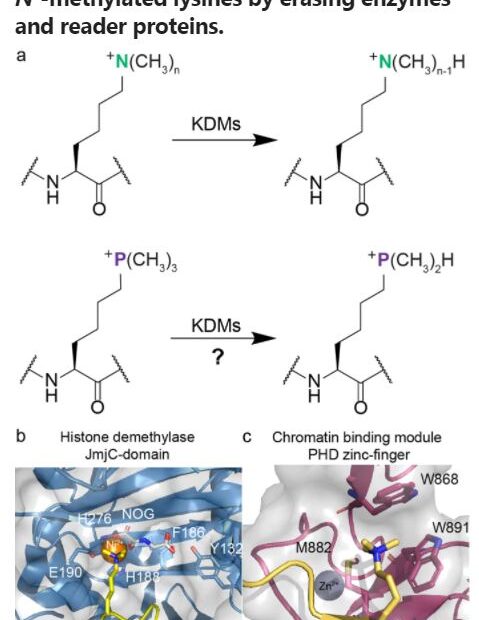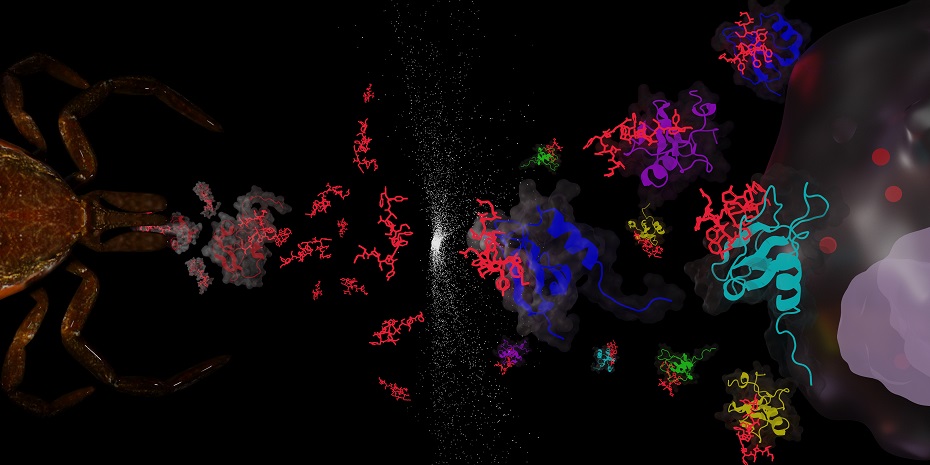Tom’s Artwork Featured on RSC Chem Bio’s Cover
We were delighted when Tom Smith’s artwork was chosen for the front cover of the RSC’s Chemical Biology journal in January 2024! About the artwork: “When deciding how best to summarise the work from our paper into some art we were thinking about the themes of developing cyclic peptide hits using experimental vs bioinformatic guided data. It just so happens that at the end of 2023, Newcastle University’s Glassblowing team ran a series of festive glassblowing workshops to raise funds for Newcastle Hospital Charity. There we encountered some incredible glass designs, including a hand made from glass, by our talented glass blower Robyn Hare (Newcastle University Research Facilities). We thought… Read More »Tom’s Artwork Featured on RSC Chem Bio’s Cover




